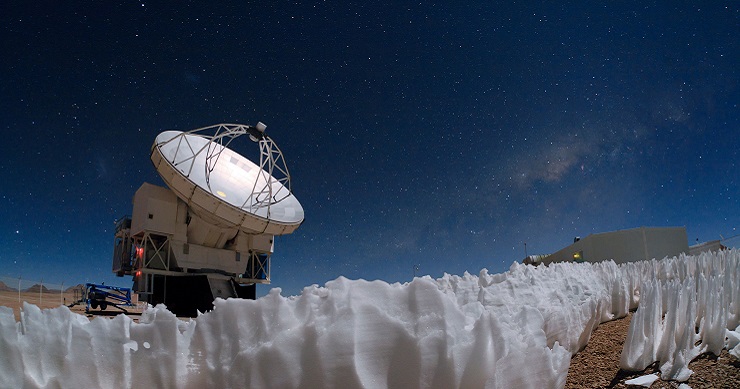Computers have been able to simulate situations that explain why exoplanets are either super earths or mini Neptunes, and why there really isn’t much in between. These studies support something called the migration model. In the migration model, there are chains of exoplanets with similar sizes, with near resonant orbits. One issue that occurs in space, is that as young planets migrate towards their host star, it actually gets very crowded, and collisions occur among the stars.
Key Takeaways:
- Exoplanets typically have radiuses of either 1.4 or 2.4 times that of Earth, but rarely in between these sizes.
- There are two hypotheses as to why this is, one suggesting that migration toward its star causes a planet to lose atmosphere.
- Simulations have supported migration as the cause of the “radius valley” phenomenon.
“The new supercomputer simulations, from a team led by André Izidoro, a planetary scientist at Rice University in Texas, modeled the first 50 million years of a typical planetary system’s existence to evaluate two leading hypotheses to explain the gap in planet sizes.”
Read more: https://www.space.com/exoplanet-size-gap-from-planetary-migrations


Leave a Reply